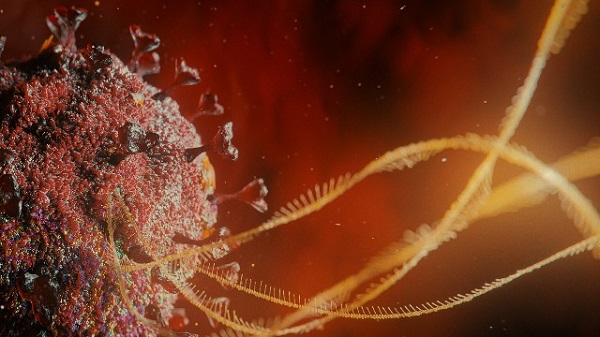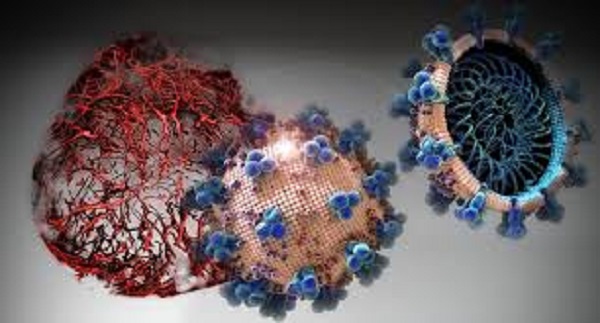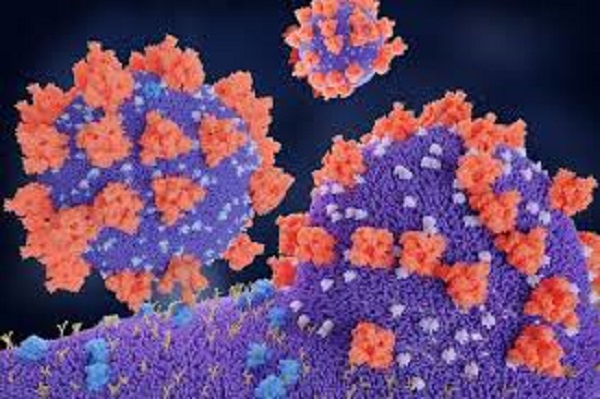Decoy protein: Will this be the pharmaceutical missile against COVID-19?
- Scientists worldwide are working day and night on getting some miracle cure for the coronavirus pandemic which has killed over 700k people and affected more than 18.4 million people globally.
- They are trying to develop anti-viral drugs or vaccines which could combat the pandemic effectively and safely.
Researchers have engineered protein mimics that have the capacity to block viral attachment to host cell receptors.
Will this decoy protein be the miracle cure and preventive tool that people are waiting for?
Decoy protein and its effectiveness in COVID-19 infection
A new study is published on the website https://www.biorxiv.org/ which states that there are some protein mimics that can help to prevent viral attachment to host cell receptors.
Therefore, viral entry can be prevented. These are called decoy proteins because they act as decoys and prevent viral entry and escape via new mutations.
The article published this month shows that computational design technology can be used to get these proteins. Therefore, this decoy protein can aid in the prevention of viral entry as well as viral replication.

The basic principle of the protein mimic
The underlying basis of developing decoy proteins is to develop a protein de novo that has a surface identical to that cell surface targeted by the SARS-CoV-2 virus.
But the affinity that this protein has for the virus is more than that of the protein which the virus targets naturally.
Therefore, this decoy protein can mop up the viral protein before it attaches to the host cell. Thus, they play the role of neutralizing proteins.

More on the special protein
The scientists first identified the four main structural components that make up the binding interface for the virus. Using three of these structural parts, they then developed a de novo decoy for it.
They mounted these target elements on a new standalone support structure. Employing the Rosetta software, the researchers developed 35000 fully connected protein topologies of the elements.
They shortlisted the top 196 and checked them against the virus. They found one molecule, CTC-445.2d (ConquerTheCorona445.2duo) to be effective.

This new protein has 160 amino acids. The scientists tested it in three in vitro systems which included a lung epithelial cell-derived system Calu-3.
They also instilled it into the nose of a mouse model and it remained there for almost 24 hours. Additionally, they were able to recover it from the blood of the mouse.
Read also Is it possible that COVID-19 vaccine will see the light of the day? When?


